
Steve Smith's tale: An in-depth look at the Australian ace's performance in ODIs
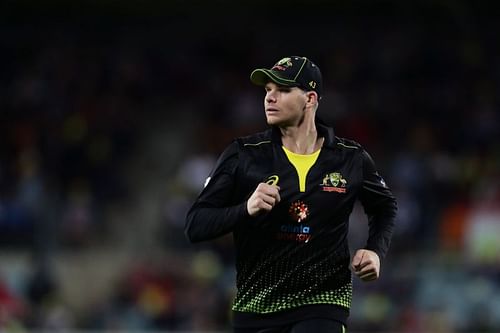
Steve Smith is fast becoming the greatest test batsman of, at least, his generation. Some have even hailed him as “second only to Don Bradman”. To make a case against this claim would be, if not impossible then certainly, a Herculean effort. In December 2017, Smith reached a Test batting rating of 947 which is the second-highest ever achieved, the highest being (of course) Sir Donald Bradman’s rating of 961.
Bradman is the epitome of Test batsmanship but Smith’s achievements are proof that he is in hot pursuit of Bradman's wondrous achievements.
Smith is the fastest batsman ever to reach 7000 Test runs. His mighty average of 62.84 and a tally of 26 centuries from just 131 innings reflect his stubbornness to have the temperament to be in there for the long haul and be a nemesis for the opposition. More so, unconventional and adaptive as he is, he has proved his genius not only in his home conditions but also in turbulent spinning or seaming conditions abroad against the best of the sides.
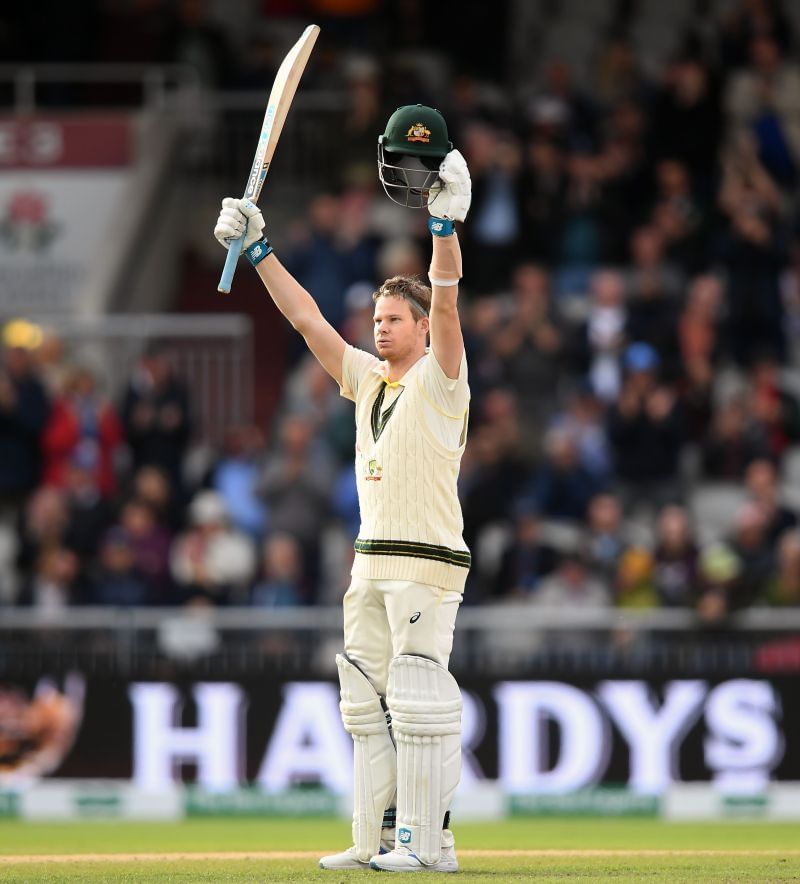
Contrasting fortunes
However, when it comes to his impact in white-ball cricket, especially in the One-Day Internationals (ODIs), there is often a question mark. He has scored 4,162 runs including 9 centuries at an average of 42.6. These numbers would be seen as quite impressive if the name Steve Smith was not associated with them. The expectations of the public and the critics increase manifold because his performances in Test cricket have made them privy to the heights that Smith’s brilliance can reach.
Also see – IPL winners
How substantial is this criticism? For that let’s see how his ODI career has panned out:
When Smith arrived on the scene 2010, the role ascribed to him was that of a leg spinner who would bat down the order. The Australian camp understood that something was captivating about this 20-year-old kid from New South Wales. Smith’s fielding was immaculate, and the management wanted to hone his bowling skills by giving him international exposure.
The then captain of Australia, Ricky Pointing once said, “I think we all thought he was eventually going to be a batsman, but the view from the selectors was that he could be the next really bright, shining light as far as spin bowling was concerned.” Glimpses of his batting talent were seen here and there like in his innings of 41 runs down the order against England in 2010.
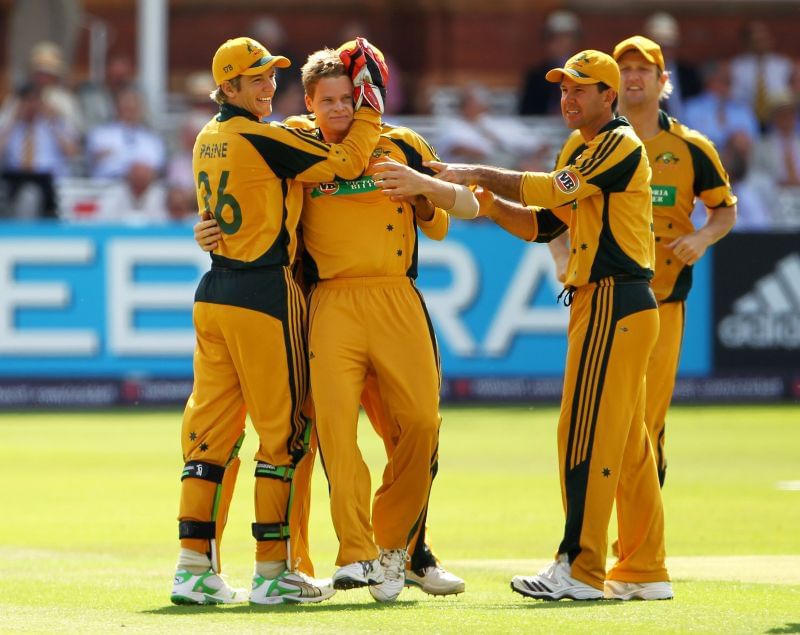
Smith’s batting technique has always been one of a kind. His style of batting is highly dependent on making adjustments and finding stability in his initial shuffle. However, during his early days at the international level, Smith was like a fish out of water. Cricket came fast at him and he wasn’t able to cope. His way of playing was often exposed. He was dropped after the 2010-11 Ashes series which was a huge disaster for the Australian camp. They lost the series 1-3 at home.
Smith’s ODI stats during the period of 2010-13 are reflective of his failure in finding his feet in international cricket. He managed to score a mere 380 runs in the 22 times he came on to bat at an average of 20.
Regrouping
Time away from regular international cricket was vital for Smith’s development, both technically and mentally. During this phase, he realized what his specialty was. In an interview with Daniel Bretting in September 2012, Smith commented, "Runs is my main priority at the moment, I'm working really hard on my batting. I believe to get back into the team it's through my batting.”
While working on his batting, Smith stayed true to his eccentric style and found out a way to make it work at the highest level. In one of the interviews, he said, “I needed to know where my off stump is and to be patient early, to build an innings. Those were things that I probably didn't do as well or really at all when I first started.”
The next time Smith got a longer run in the Australian team; he made full use of it and cemented his position in both red-ball and white-ball cricket. In the years after 2013, the world got to see the brilliance of the superstar that Steve Smith has become.
For him, the period of 2013-17 overflowed with runs. He managed 2949 ODI runs including 8 centuries at an average of almost 50. He reached the summit of his ODI career at the grandest stage which was the 2015 ICC World Cup, which Australia went on to win. He was the highest run-getter from his team with a tally of 402 runs from 7 games at an average of 67. His dazzling century against India in the semifinal would remain forever ingrained in the minds of Australian and Indian fans but for different reasons. 2015 was also the year when he was awarded the Sir Garfield Sobers Trophy, or the ICC Cricketer of the Year award.
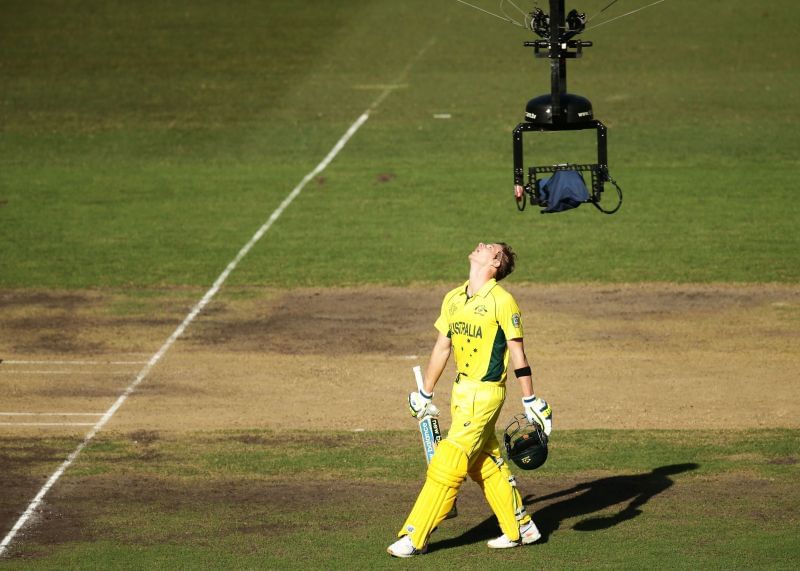
Catastrophe
His career took a grave turn in the year 2018. Although his form had been scruffy during this year but what happened in South Africa was much more severe. The ball-tampering scandal shook the cricketing community and Smith was at the center of the entire humiliation. He was, rightly, banned for 12 months by Cricket Australia.
The mental toll that this incident took on Smith would have been huge and it took a considerable amount of time for him to resettle at the world level. His performance at the 2019 ICC World Cup was satisfactory. He scored 379 runs from 10 innings at an average of 37.9. Amidst a collapsing Australian batting order, he, however, played a gritty innings of 85 runs off 119 balls in the semifinal against England, which ultimately was in vain as the English comprehensively won.
After a once-in-a-lifetime performance in the 2019 Ashes series away from home, Smith also regained his ODI form which was at its full display against a strong Indian side. In turning conditions of the Indian subcontinent, he scored 229 runs from 2 innings at an average of 114.5.
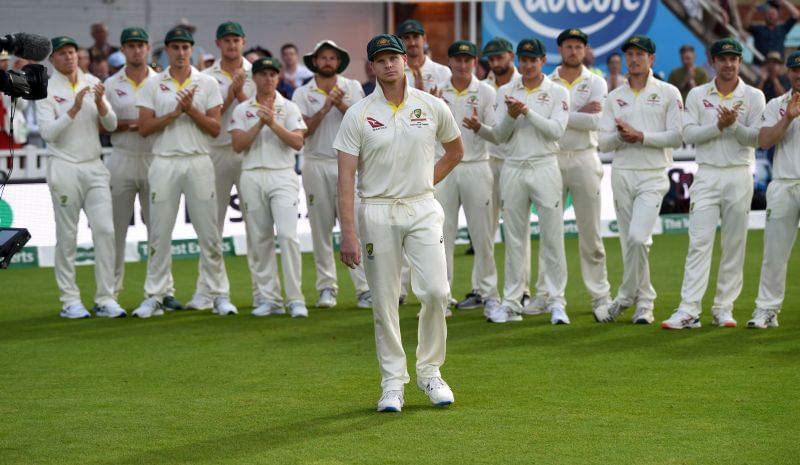
In conclusion
Smith’s ODI career has not touched the godly standards that his Test career has but he is still one of the most crucial players for his team. To put things into perspective, we should take note of the fact that he is still the fourth-fastest Australian to reach 4000 ODI runs. More importantly, he is the type of character who a knack of coming up with the big innings when the situation needs him to.
His career, after beginning slowly, was met with an abrupt halt in 2018 and that has definitely affected his numbers and consistency in white-ball cricket. But considering that he is more often than not an annoyance for the bowlers who struggle to come up with plans against him because of his peculiar fashion of batting, he’s extremely fit and always busy on the wicket and he knows how to guide his team and simultaneously construct a long innings, we have no reason to not expect another surge in his ODI career which can truly immortalize him as a legend of the one day format as well.